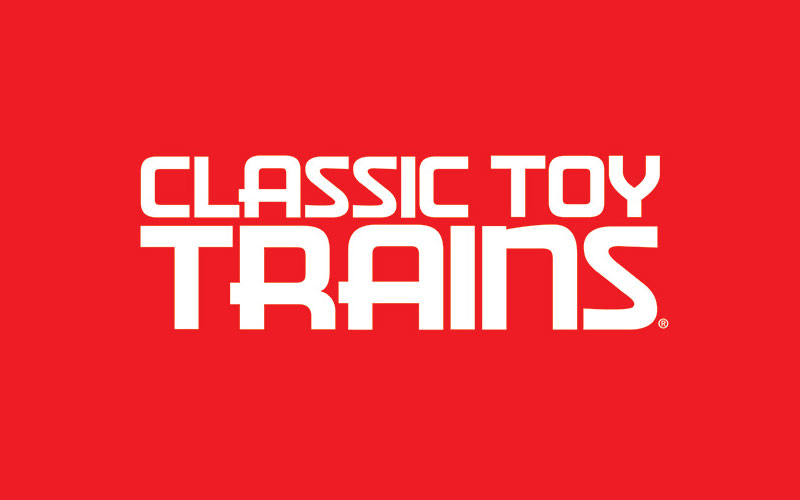
I found this manuscript from the late John Grams in our manuscript files. There was no date on the envelope but it’s likely from the early 1990s. The article discusses 12 Lionel products that, while great inventions, were fraught with problems or didn’t work exactly as advertised. He included the following disclaimer: Lionel trains were […]
Read More…
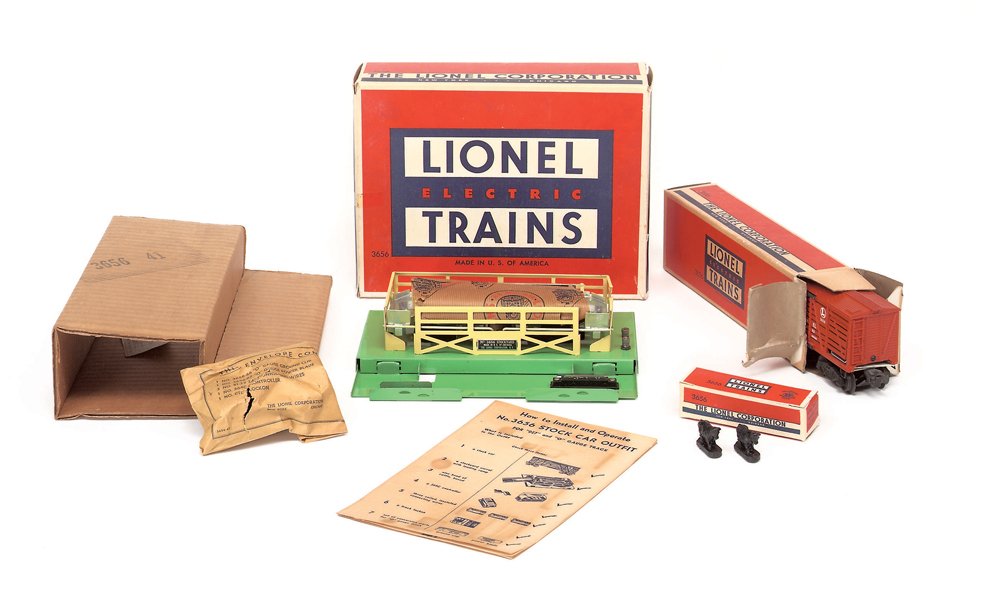
I found this manuscript from the late John Grams in our manuscript files. There was no date on the envelope but it’s likely from the early 1990s. The article discusses 12 Lionel products that, while great inventions, were fraught with problems or didn’t work exactly as advertised. He included the following disclaimer: Lionel trains were […]
Read More…
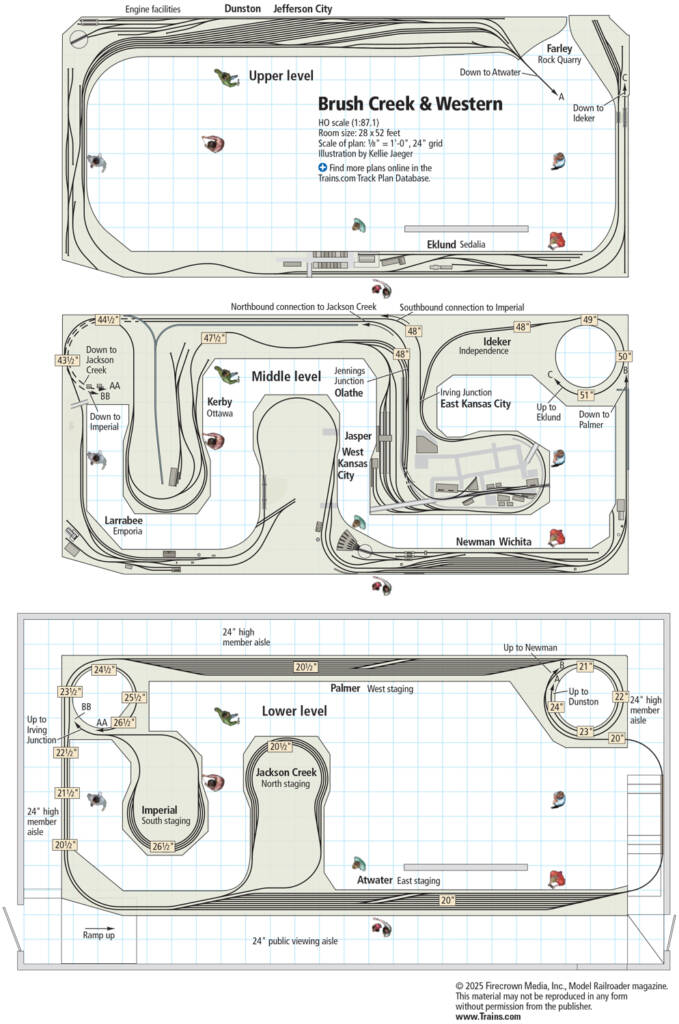
Facts and features Name: Brush Creek & Western Scale: HO (1:87.1) Size: 21 x 45 feet Prototype: freelance Locale: St. Louis, Mo., to Oklahoma City, Okla. Era: 1935 to 1975 Style: peninsula Mainline run: 300 feet Minimum radius: 28″ Minimum turnout: No. 5 Maximum grade: 2% Benchwork: open grid Height: 16″ to 72″ Roadbed: lauan […]
Read More…
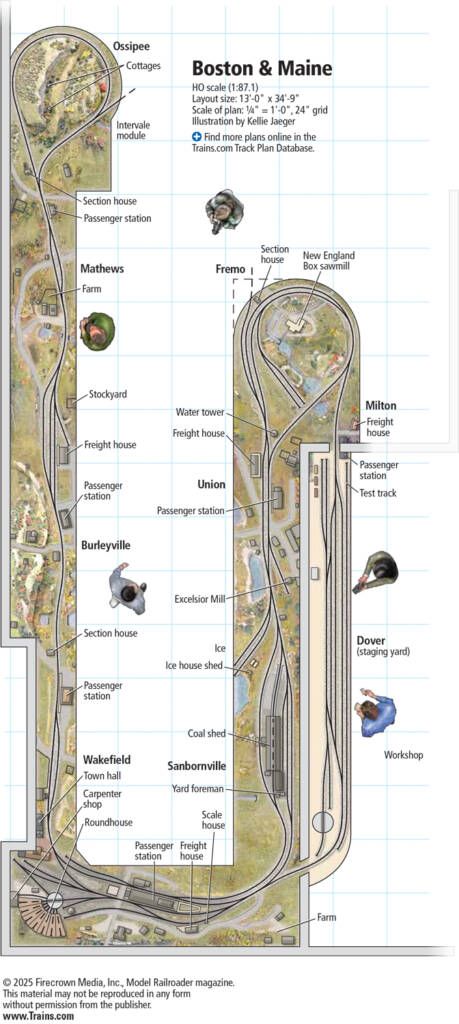
Facts and features Name: Boston & Maine Scale: HO (1:87.1) Size: 13′-0″ x 34′-9″ Prototype: Boston & Maine Locale: Five villages of Wakefield, N.H. Era: 1909 Style: around-the-walls Mainline run: approximately 90 feet Minimum radius: 18″ Minimum turnout: No. 4 Maximum grade: Less than 1% Benchwork: manufactured truss joists with 1 x 4 L-girders and […]
Read More…
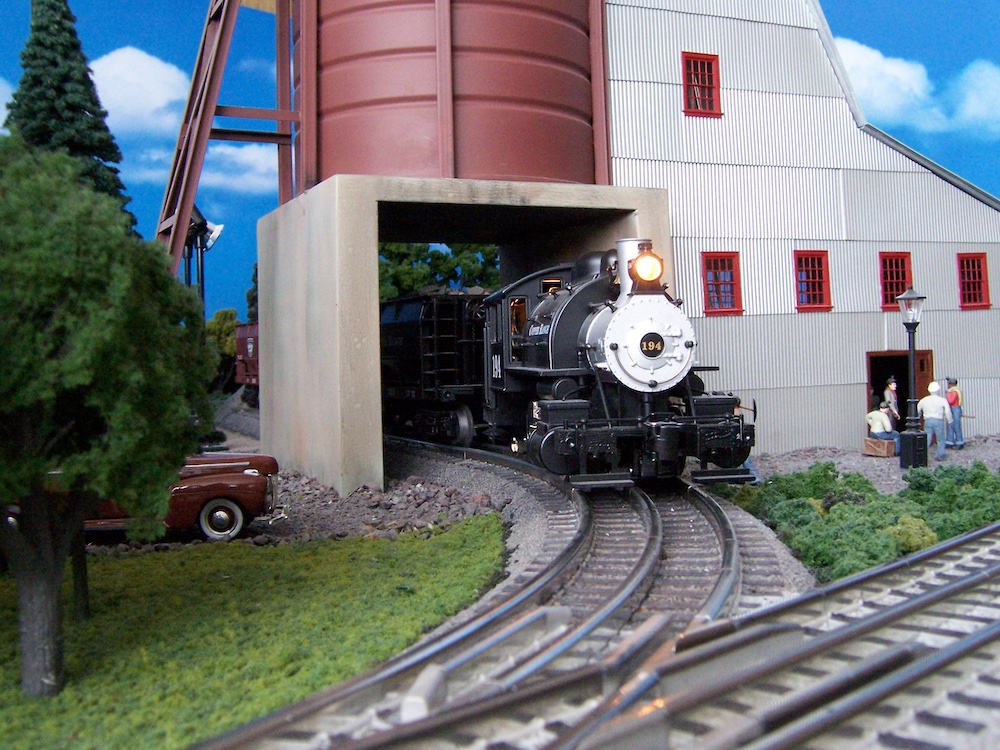
For well over a century, copper mines and their structures dotted the landscape in Michigan’s Upper Peninsula. I was born there and several generations of my family worked in the mines. The last one closed in the late 1960s, marking the end of an era for thousands of people. Most of the facilities were removed […]
Read More…
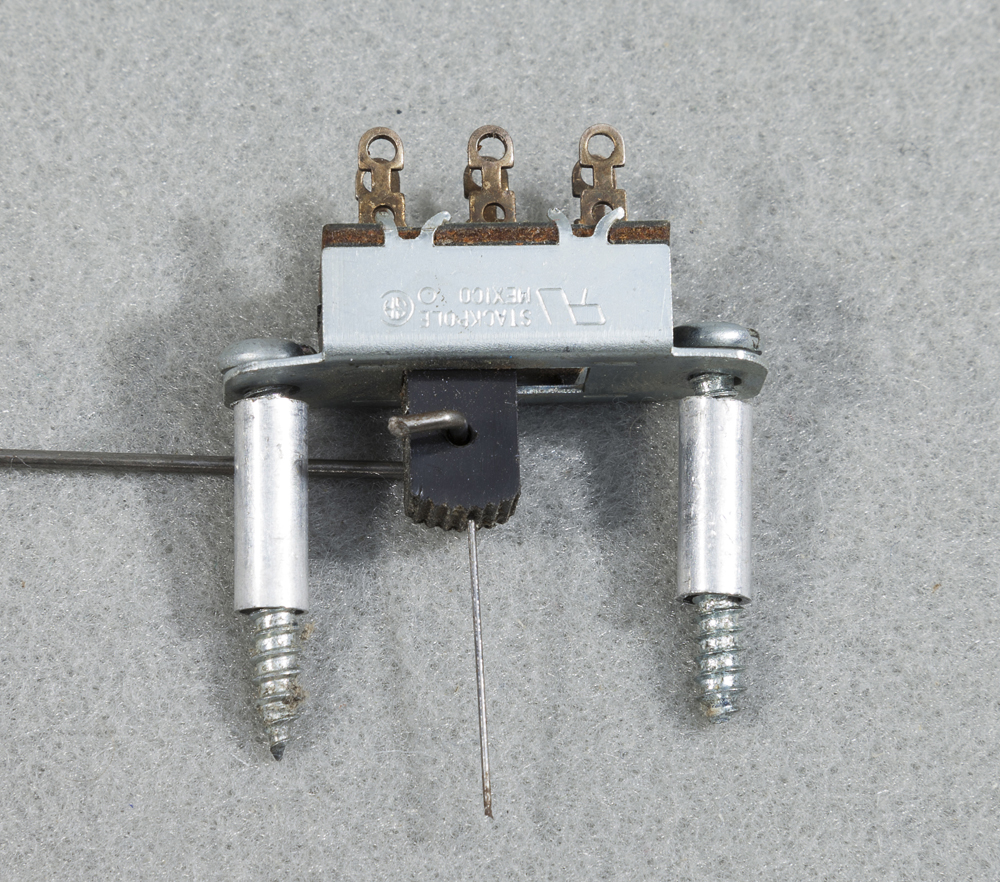
Q: I’m researching methods to power turnout frogs on my N scale layout. I’m using Atlas code 55 flextrack and Digital Command Control. The majority of turnouts will have manual throws. I’ve read that electronic frog juicers should be used judiciously as they place a continuous load on the power supply. I think single-pole double-throw […]
Read More…
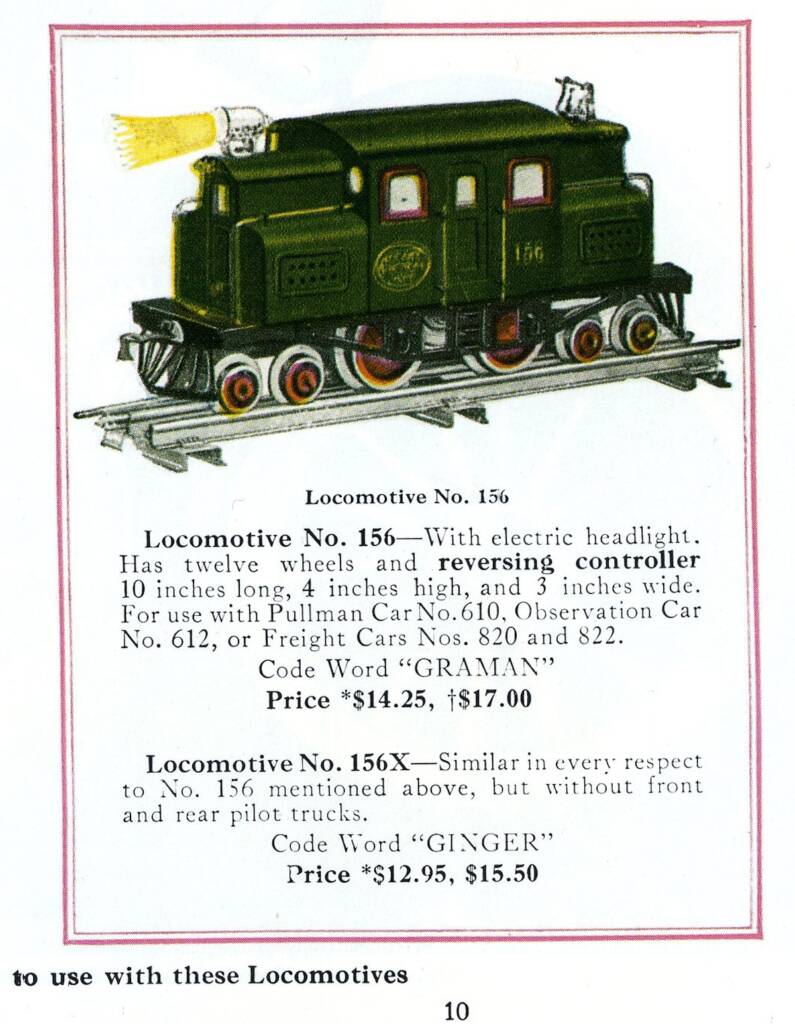
I found this manuscript from the late John Grams in our manuscript files. There was no date on the envelope but it’s likely from the early 1990s. The article discusses 12 Lionel products that, while great inventions, were fraught with problems or didn’t work exactly as advertised. He included the following disclaimer: “Lionel trains were […]
Read More…
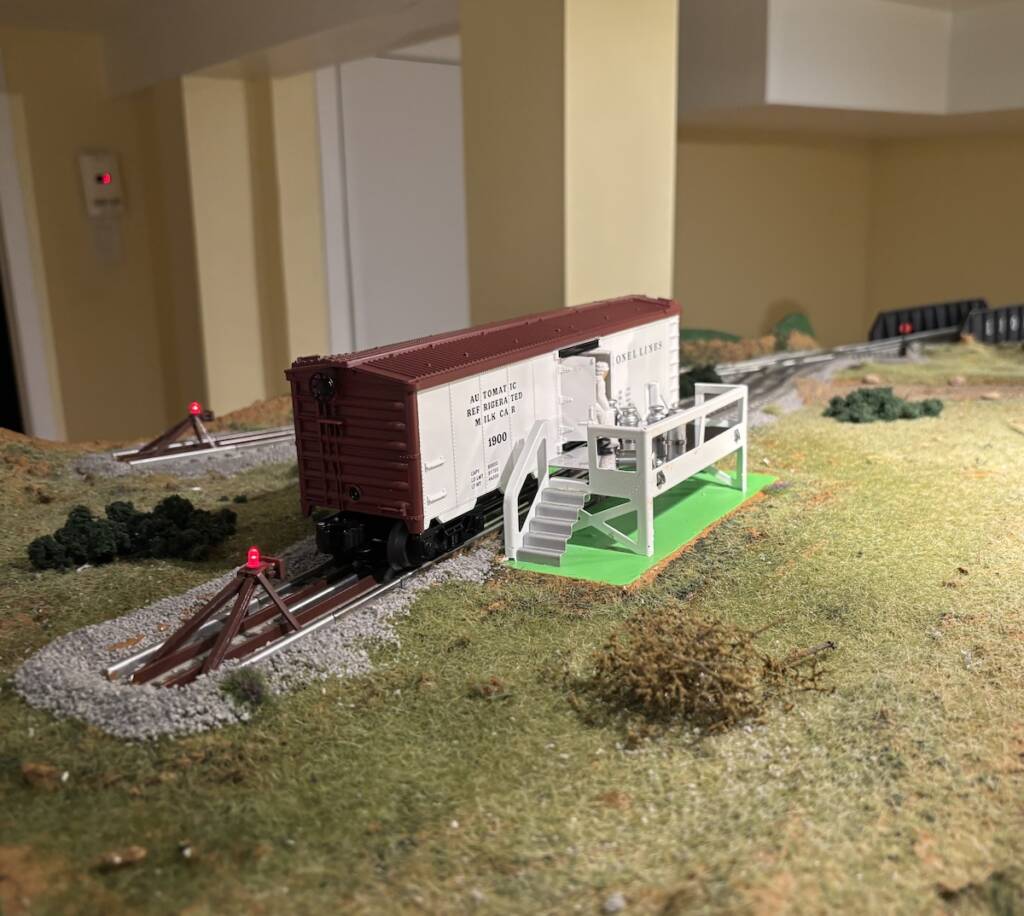
In 2020, I purchased Lionel’s No. 2028310 Milk Car With Platform. Unfortunately, I was never happy with this car’s operation. It kept shorting circuiting on my layout, especially when going through switches. I sent it to several repair centers, but the problem was never found. After running the car at a low speed around the […]
Read More…
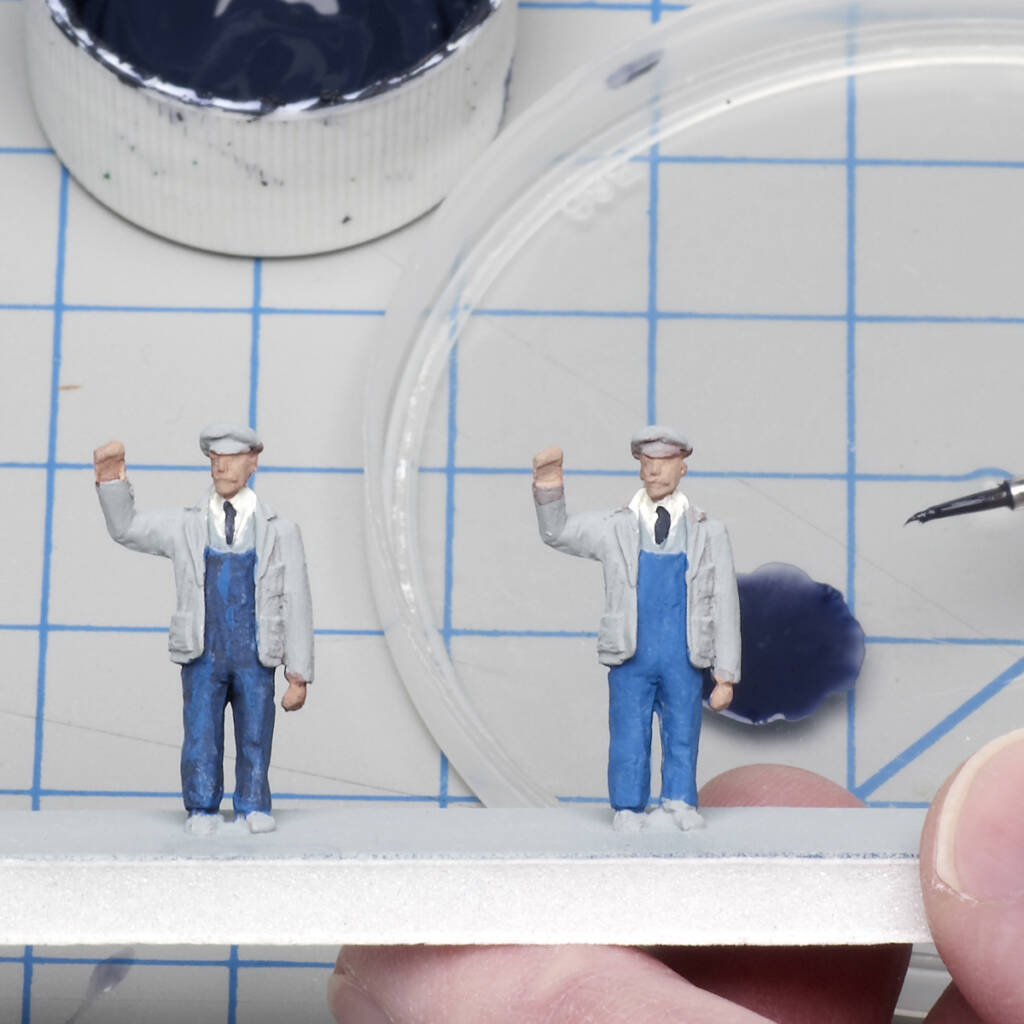
Adding scale people to your layout can be as simple as opening the box and gluing them in place. Manufacturers such as Preiser, Merten, Woodland Scenics, among others, offer a selection of realistic, factory-painted plastic figures for model railroads. However, if you have a railroad that requires a large population, it can be more economical […]
Read More…
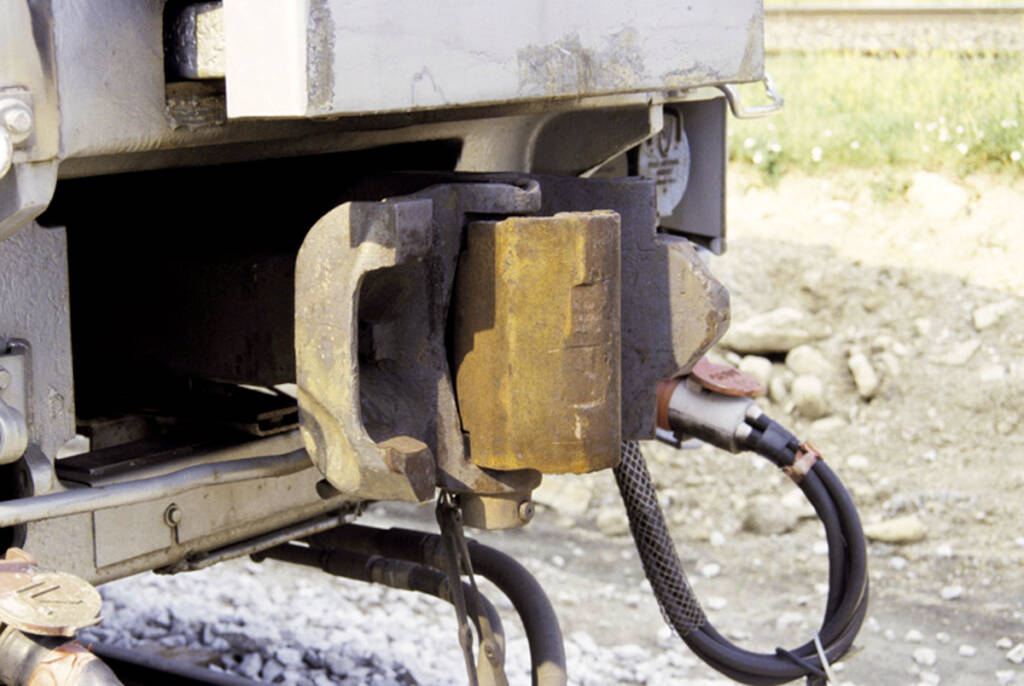
Q: How do Tightlock couplers work? — Thor Clemens A: Longtime staff member Jim Hediger provided an explanation of the Type H, or Tightlock, coupler in a sidebar that appeared with his article “HO knuckle coupler guide” in the November 2007 Model Railroader. He wrote, “The need to reduce slack and improve passenger train safety […]
Read More…

Note: This article originally appeared in the September 2000 issue of Classic Toy Trains. In celebration of Lionel’s 125th anniversary this year, we’re sharing it online. The Lion has just entered the big-top for his first show. He has plenty of fight, although/ he’s no longer a sleek cub. His tail is a bit […]
Read More…
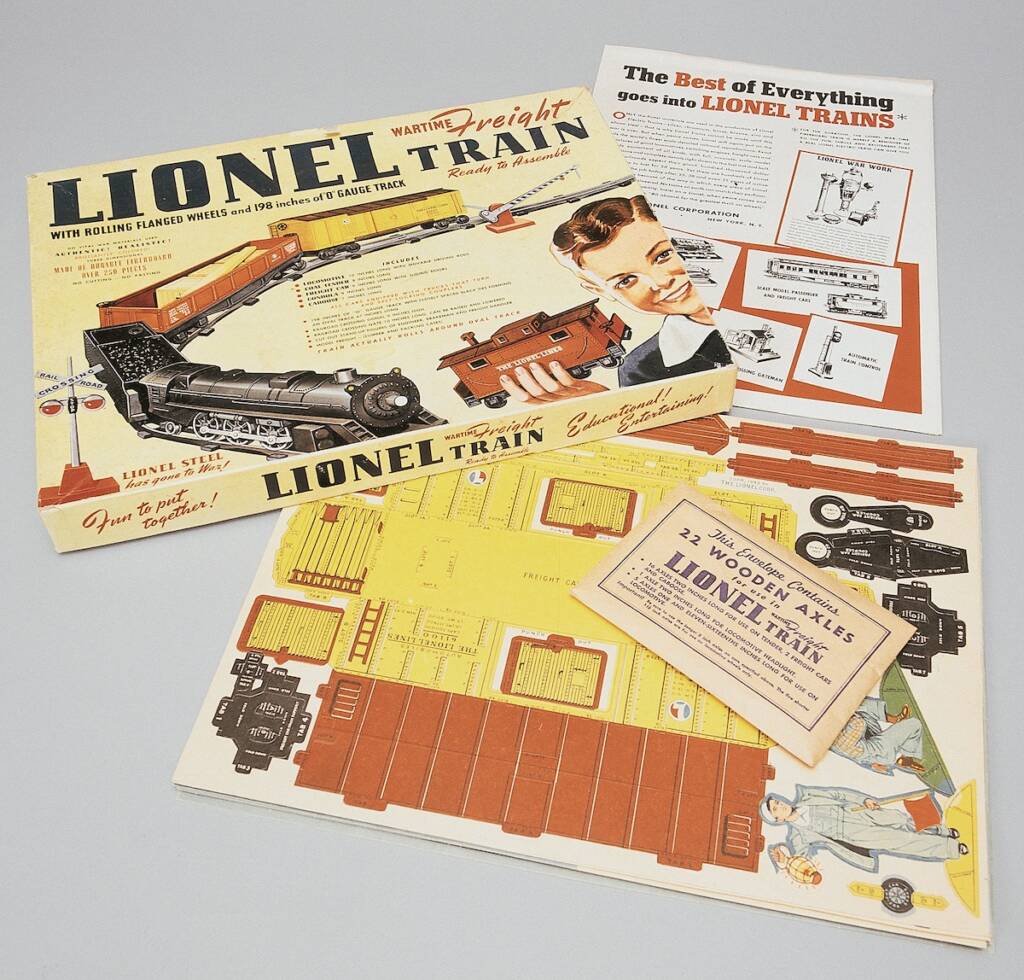
I found this manuscript from the late John Grams in our manuscript files. There was no date on the envelope but it’s likely from the early 1990s. The article discusses 12 Lionel products that, while great inventions, were fraught with problems or didn’t work exactly as advertised. He included the following disclaimer: “Lionel trains were […]
Read More…












